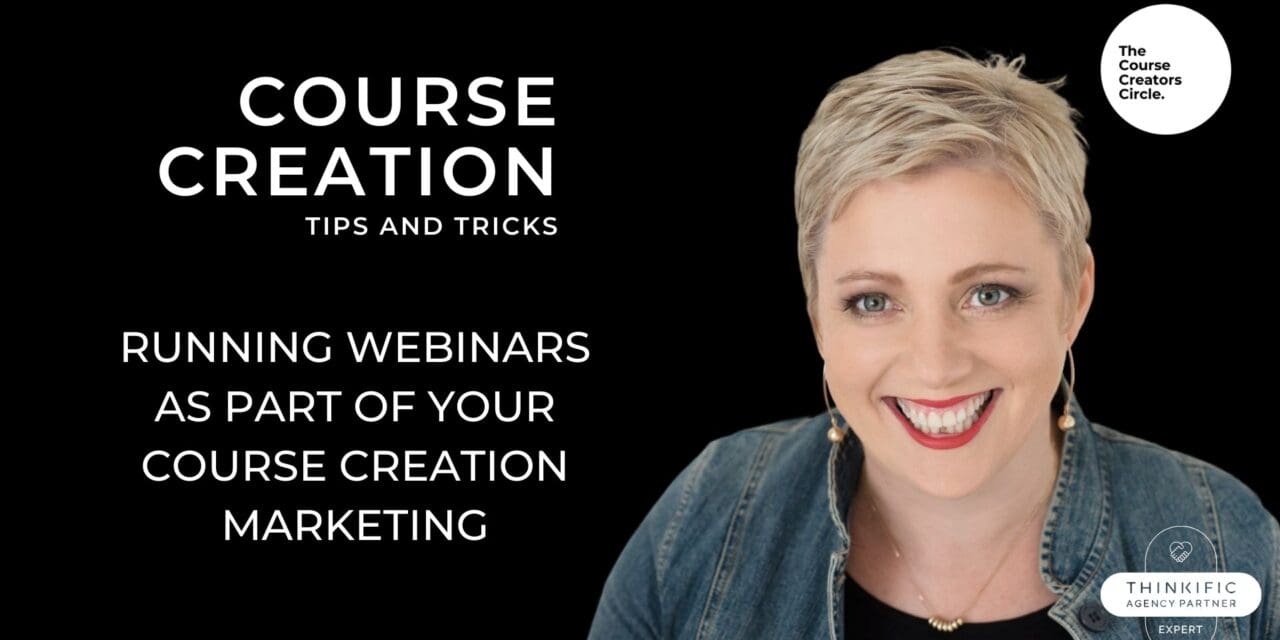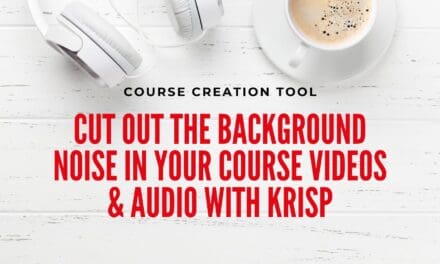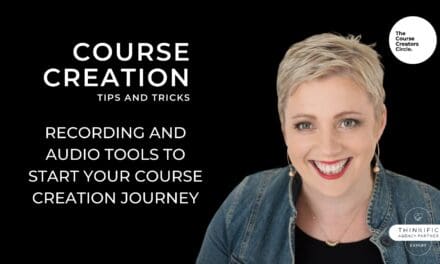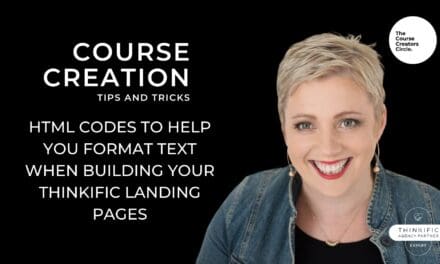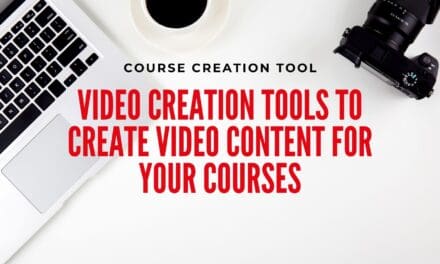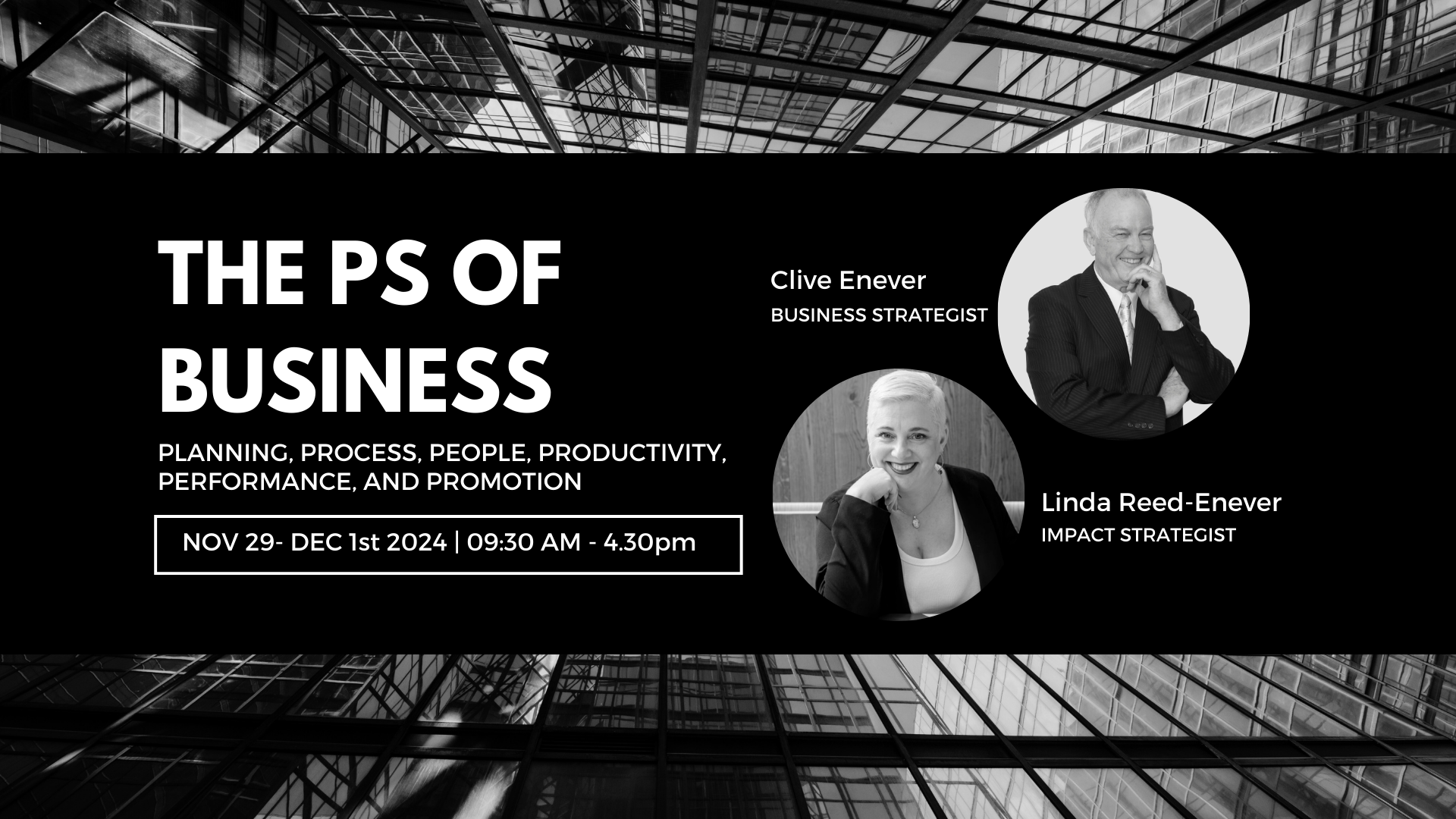But you don’t need to wait until you have people signed up for your course to run a webinar. They are also a fantastic marketing tool that can be used to sell your course.
Isn’t Building a Course Enough?
If that’s how business worked, no one would do any marketing. “‘Build it and they will come’ is a course creation myth.
Without marketing, how will people find your course? How will they know where to find your course? Organic SEO only goes so far, and unless potential students are searching for your particular subject, they may never come across it.
‘Build it and market it and they will come’ is the reality – but it is important to market what difference the course is going to make to the student. They could take any course and learn new skills, but what is it they will really learn from your course?
Webinars are an education marketing tool – they offer a two-way communication opportunity that converts. So how do we create an effective webinar? The key is “one subject per webinar, one point per slide”. A webinar with a sequence and structure is far more effective than one without.
To start, introduce yourself, and what you are going to be covering in your webinar. By introducing yourself straight up, you are introducing your street credibility, your knowledge and your background – your viewers can see and understand that you know your subject.
Once you’ve got your introduction and credentials out of the way, you can start to lead people through each one of your talking points, remembering that your slides are only there for points – explaining those points in further detail will not only give your audience more detail but also really get across how much knowledge you do have on the subject.
After you’ve been through all your talking points, explain the final outcome and then present your offer. You can then ask if anyone has any questions, which then allows you to educate your viewers further, deliver more content and share your credentials even more.
Your webinar should only be a small portion of your course or even a side shoot subject to your actual course – you are running it for educational marketing purposes and as a lead generation tool.
Building an Audience and Gaining Leads
While a webinar is of course a great source on its own, tapping into the power of questions is a great way to market not only your expertise but your webinar as well. You can answer questions on places like Quora, Facebook groups, and other communities.
Of course, you don’t want to spam discussion boards with “This is all answered in my webinar” or “This is all answered in my course”. The key is answering a question well, giving a mixture of a tip, and a little bit of win. This is all part of the “Know Like Trust” factor, whereby people will get to know you, they come to like you, and then they come to trust your information.
Developing the trust factor is important before you start going “Hi, here is my product. Please buy it!”
Mistakes We All Make
As course creators, we all make mistakes when we first start – very rarely is there a course creator who gets everything right the first time.
First up is getting your message out there. There is a fine line between shoving your course down people’s throats and not promoting it enough. You shouldn’t rely on a single social post to work but at the same time, you don’t want to have social posts popping up every hour on the hour. Write five or six social posts and rotate these posts regularly.
Use multiple platforms to promote your webinars because while your audience may “live” on one platform, there will be potential students using other platforms.
Marketing is an essential component of running a successful webinar for your course. And far too often course creators don’t do enough of it, or they have forgotten about it completely.
You need to be continually marketing your course – this isn’t a set-and-forget option. You will get sick of marketing your course, but let us assure you – this is when you need to triple your efforts.
The second mistake many make is putting too much into your webinar. These free webinars are really only designed to be a taster of your knowledge and what your course will teach students. There is again, a fine line between putting in too much information and not putting in enough. You should have enough information that entices someone to sign up for your whole course, but not too much that you’re giving away all your knowledge.
What Running Webinars Does for You
So we know that running webinars as part of your marketing allows potential students to see what you know and to get a feel for your course. But what does it do for you as a course creator?
If you can gain feedback from those potential students who sat in your webinar, you’ve got a handy little tool, in the form of testimonials and reviews, that can help you gain more students. These testimonials and reviews, also known as social proof, can help other potential students make a decision about whether they want to buy your course or not.
But of course, not everyone trusts written reviews these days. Being able to get video reviews and testimonials is marketing gold. Video reviews are a cost-effective marketing option, and don’t have a timeline on their use.
Now not only are these video reviews a great marketing tool, they also give you a chance to get feedback from participants about what they enjoyed about your webinar, what they got out of it, and perhaps whether it is something they will pursue further.
Of course, reviews can be a little difficult to get, particularly video reviews, but there are three main ways to ask for feedback:
- Email – simply email your participants to record a testimonial for you
- Embed a form into the webinar follow-up email
- Give a reward – this may work if you are having trouble getting testimonials. A small reward such as 10% off their next course or a free copy of your eBook may be enough to convince someone to leave a review for you.
Webinars are a great way to attract students to your course, helping to bridge that Know Like Trust factor before your potential students purchase your course.
If you’re having trouble creating a webinar, or knowing what to put in your webinar, or you’d simply like to join a group of like-minded course creators educating students in their knowledge area, come and join us for hints, tips and conversations in the Course Creators Circle.
Get More Course Creation Tips as a VIP Member
As a Course Creators Circle Member you get access to our Course Creation Process from getting that content out of your head right through to launching and marketing your courses.
With access to our Course Creation VIP, you can ask all your course creation questions from Course Creation Expert, Linda Reed-Enever.

